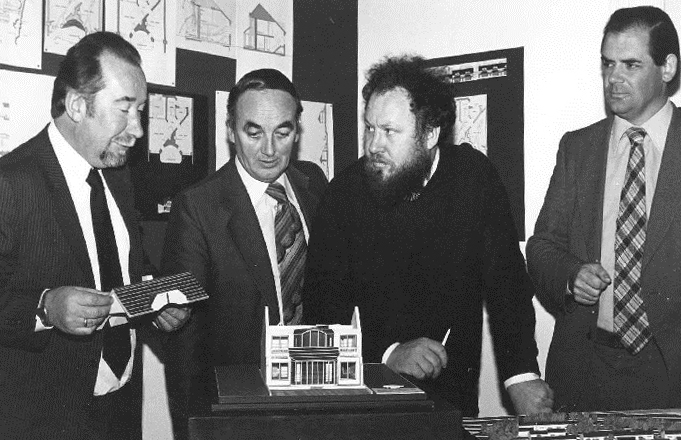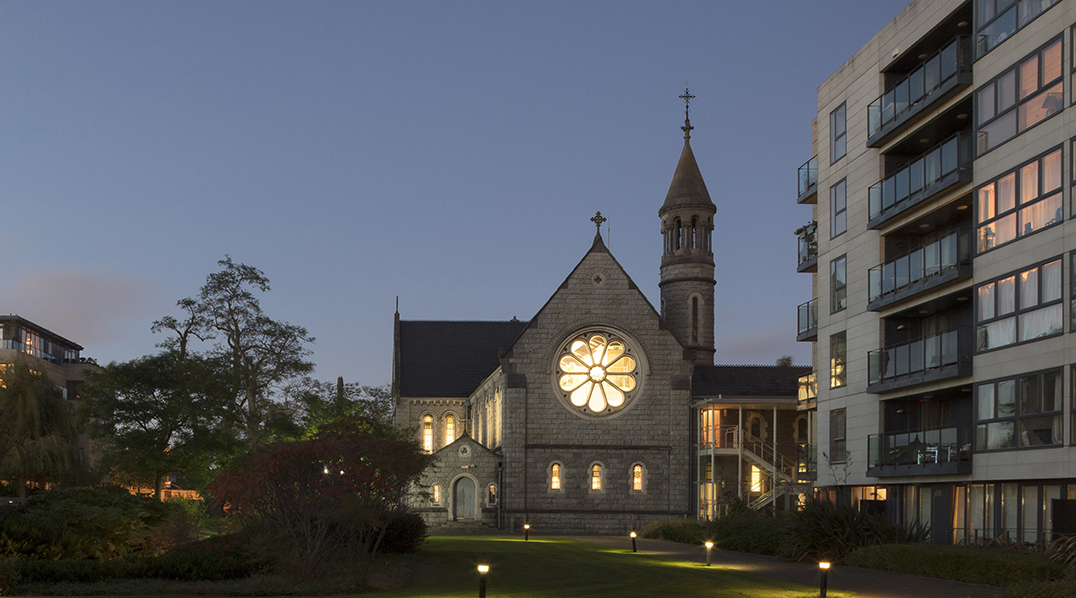Company History
The design and placemaking work of O’Mahony Pike Architects has always been informed by the pioneering work of our founding partners, John O’Mahony and James Pike, both within the developing profession of planning and urban design, and the challenges of housing design for an expanding and increasingly urban society.
From the beginning, we have focused on producing architecture which responds to contemporary social, environmental and economic concerns. We developed some of the first local authority Development Plans and Action Area Plans undertaken in Ireland after the introduction of the 1963 Local Government Development and Planning Act, and since then have continued to be at the forefront of both national and local planning policy and housing design.
O’Mahony Pike Architects has always been interested in systems and utilising them in developing thoughtful architectural proposals, from the implementation of the latest prefabrication methods, to developing new urban housing models for patterning the city. This typological approach to design allows us to work across a series of scales, from the city block to individual housing unit, bringing a cohesion to our urban design work, which is firmly rooted in context.
Our predecessor practice, Delany MacVeigh and Pike were designing modular precast and timber frame systems as far back as 1968, when speedy social housing delivery was a priority for the state. Today, we are continuing to explore, research and apply the latest thinking on rapid delivery building systems in order to address the housing shortage, while still designing exemplary, high quality projects.
An understanding of context has always shaped our urban design work and central to this is research. We firmly believe that thorough and rigorous investigations are key to producing rich and considered design solutions, that work for the client, the resident, and the city. From the innovative Ashgrove housing project off Meath Street, which challenged the accepted model of local authority housing employed by Dublin Corporation at the time, to Herbert Park and Mount St. Annes which heralded the changing nature of Dublins’ suburbs, to the docklands developments of Hanover Quay and Capital Dock which have set national and international benchmarks for urban regeneration, we remain at the forefront of the latest advancements in housing and urban design.


